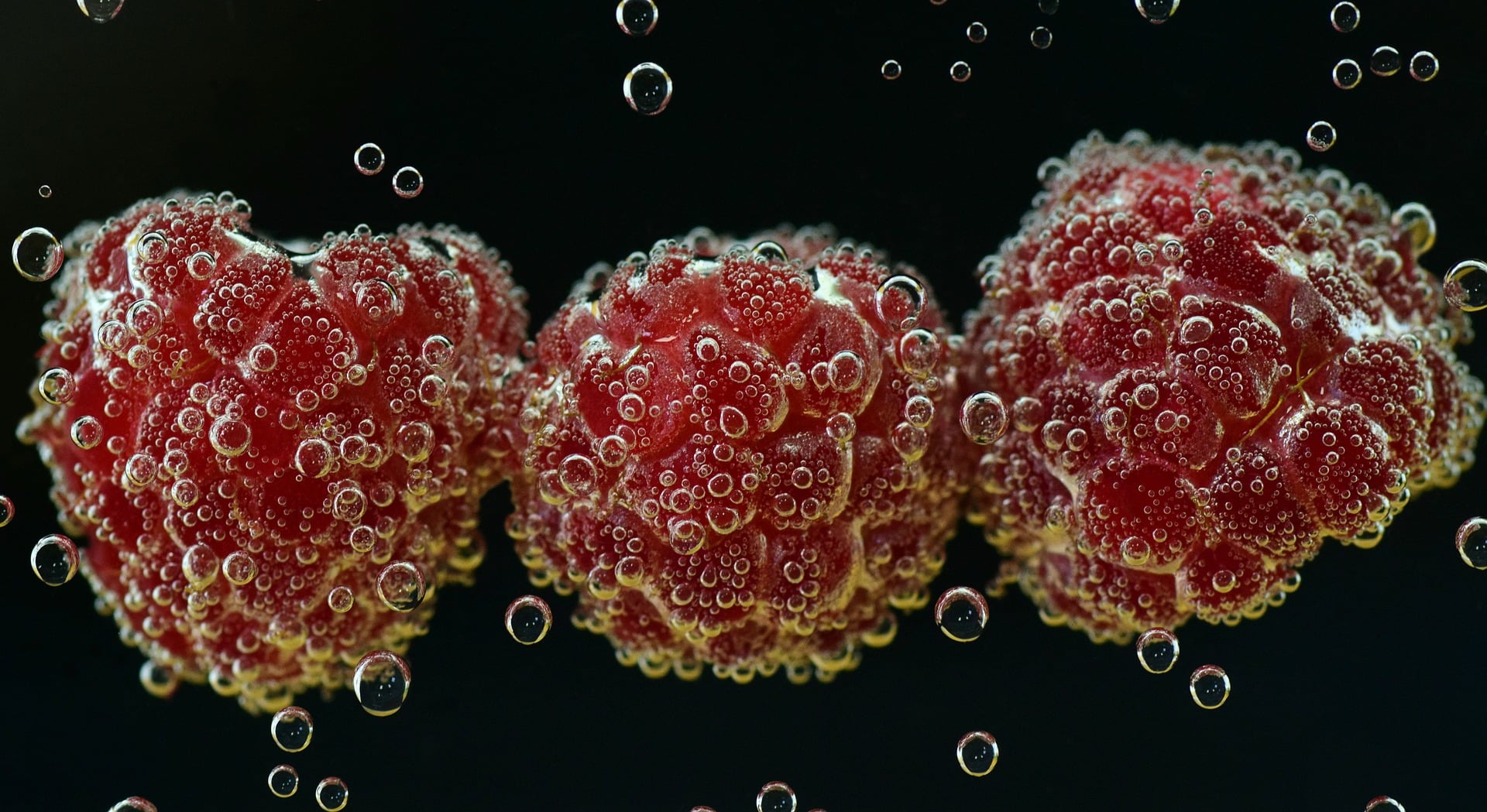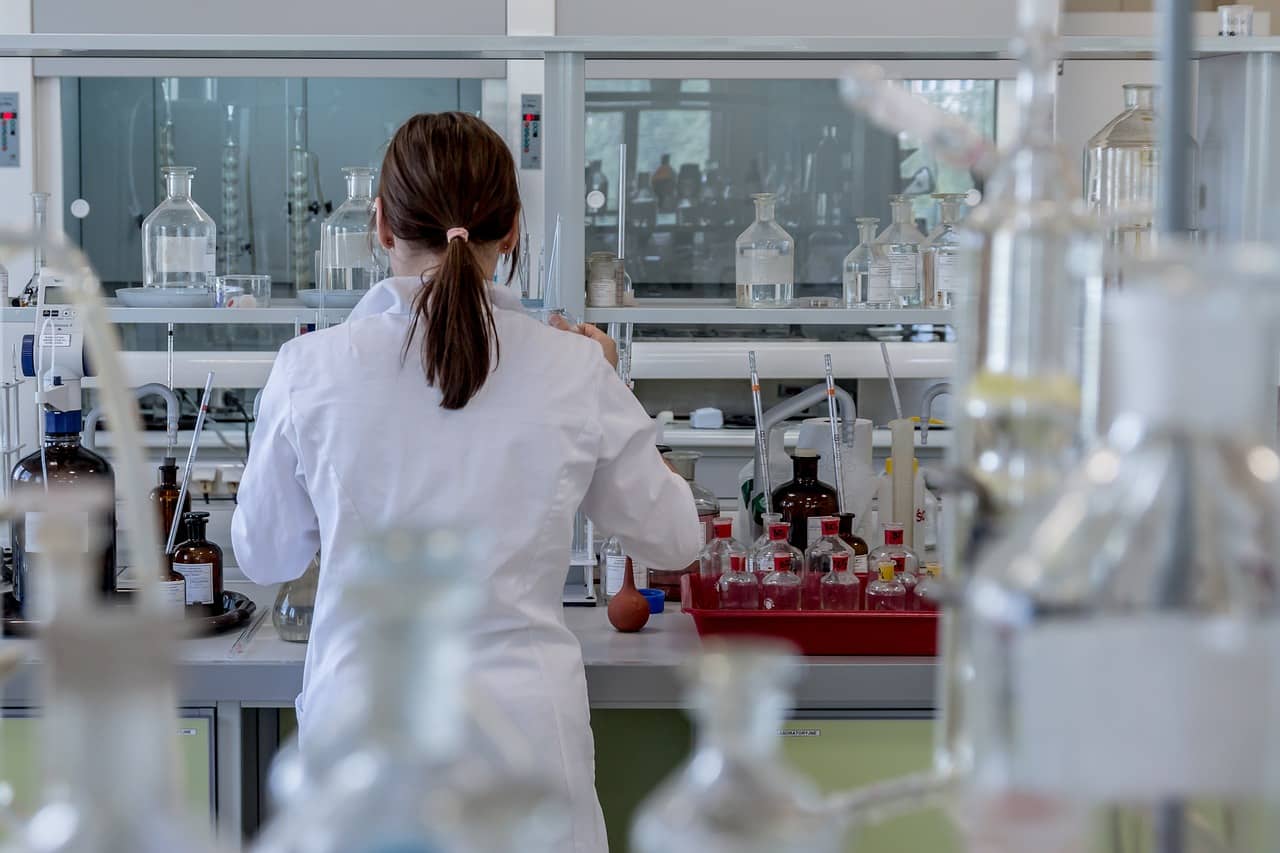
Imagine the meaning for large scale production of synthesis gas (a mix of hydrogen and carbon monoxide) if electrocatalysts could efficiently convert carbon dioxide (CO2) to carbon monoxide (CO) — so efficiently that all it would take is water and electricity!
A group of researchers at the University of Illinois at Chicago and the Joint Center for Artificial Photosynthesis have discovered exactly how to achieve this. Their findings were recently printed in the Proceedings of the National Academy of Sciences.
Synthetic Leaves that Convert CO2 into Fuels
Meenesh Singh, lead report author and chemical engineering assistant professor at the University of California, Berkeley, studied non-natural photosynthesis with a team that created synthetic leaves that upon exposure to nonstop sunlight, could convert CO2 into fuels. Singh explains that “the electrochemical reduction of carbon dioxide to fuels is a subject of considerable interest because it offers a means for storing electricity from energy sources such as wind and solar radiation in the form of chemical bonds.”
To understand precisely how CO2 are able to be reduced electrochemically via a catalyst for the transference of species in the electrolyte, Singh used silver and made it into CO. To achieve this he developed an ultramodern, multiscale prototype that unites a quantum-chemical analysis of reaction pathway; a microkinetic model of the reaction’s forces at work; and a continuum model. According to Singh, this model is one of the major endeavors in electrochemistry.
Analysis of the Quantum and Electronic Levels
Jason Goodpaster, assistant professor of chemistry at Minnesota University and one of the co-authors, says that in order to comprehend how fuel cells’ electrocatalysts content or how electrochemical cells function, scientists must analyze the quantum and electronic levels, which is tremendously perplexing in the company of an electric field. It took Goodpaster and Singh over a year to produce the representations and turn them into a large structure for full-blown reproduction of the electrochemical response.
Singh says that quantitatively forecasting the prevailing concentration of hydrogen and CO as a function of applied pressure and potential of CO2 from first principles is a breakthrough for scientists.
He explains that the minute one identifies how these responses on electrocatalysts are happening, one can regulate the operating conditions and structure of the catalysts to proficiently harvest CO. Since these are manufactured gases (hydrogen and CO are cannot dissolve in water-based electrolytes) they can be easily detached as amalgamated gas and transformed into fuels such as a hydrocarbon mix, methanol, or dimethyl ether.
Electrocatalysts like palladium, gold, silver, gallium, and zinc and are recognized for producing combinations of hydrogen and CO2 at different proportions dependent on the voltage applied. However, silver and gold show the maximum reaction with CO2 reduction. Given that silver is more copious and cheaper of the two it’s the more auspicious electrocatalyst for the significant manufacture of carbon monoxide.


